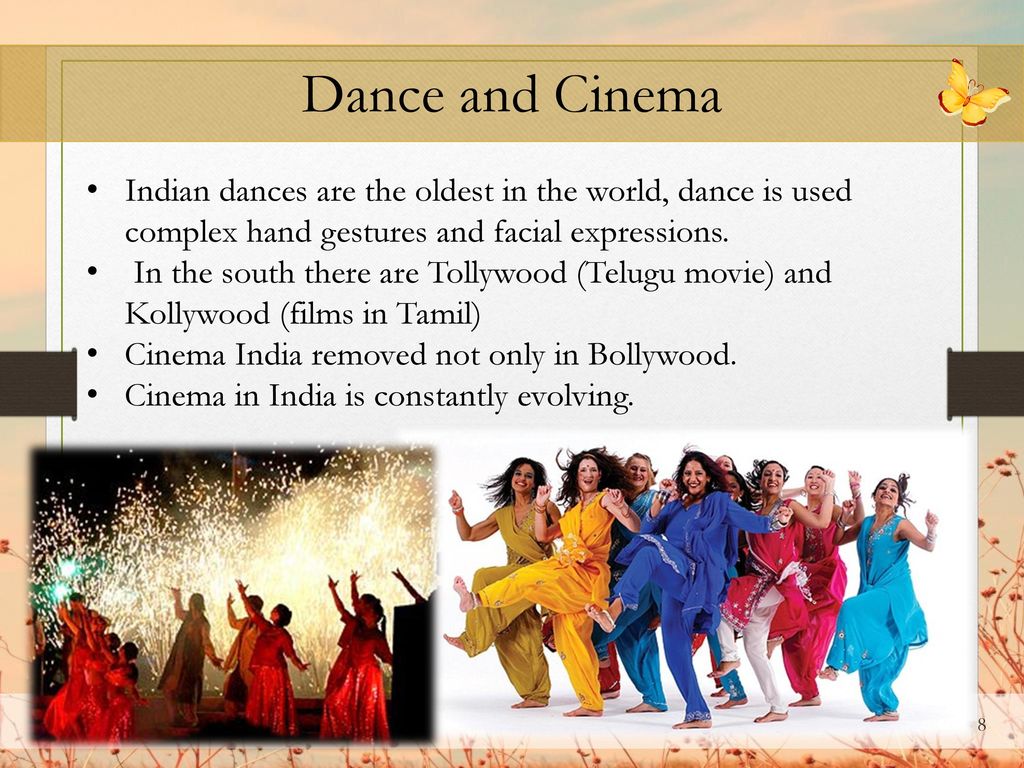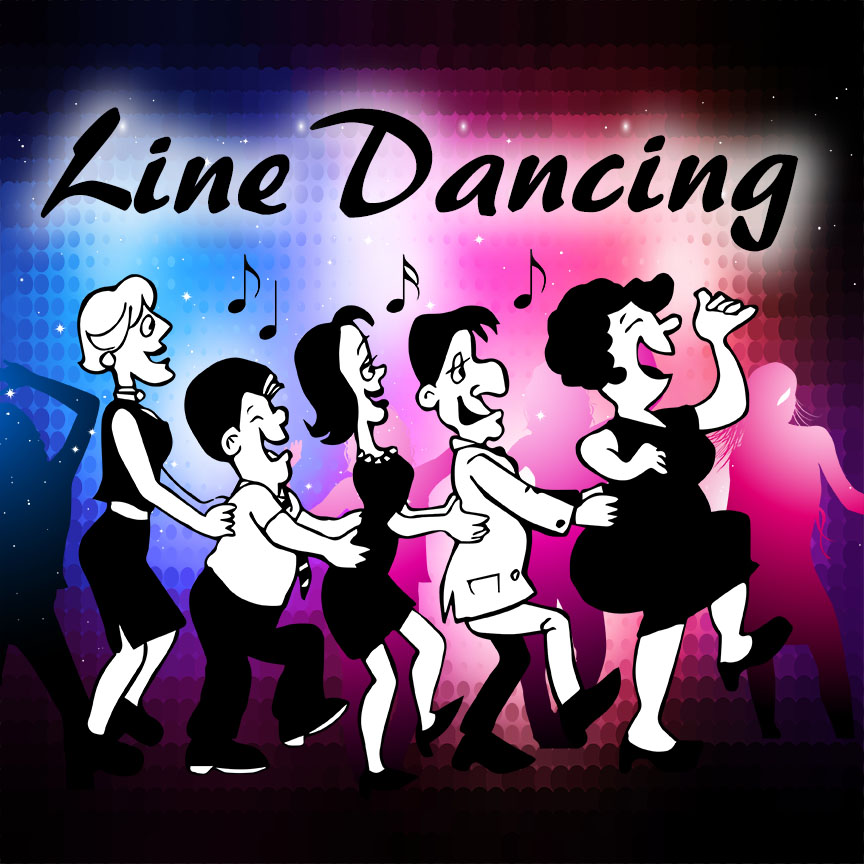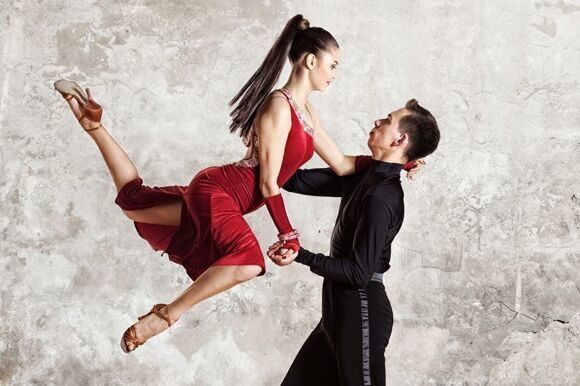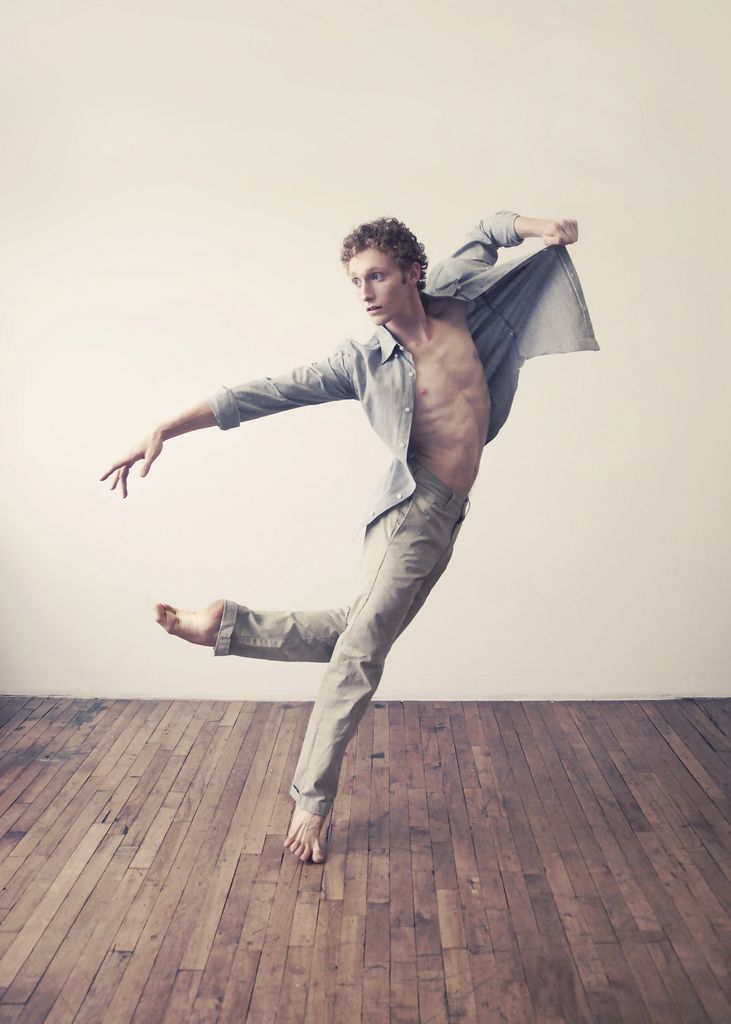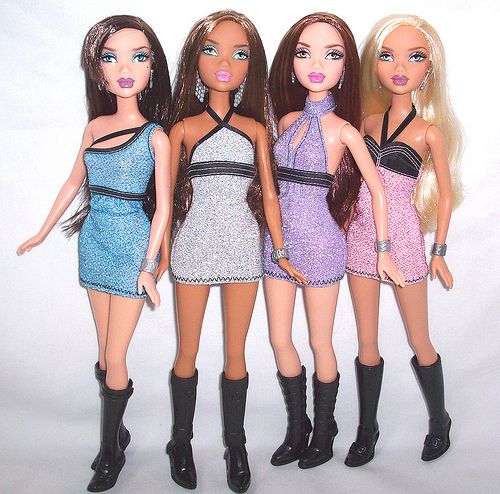How many types of dances are there in the world
28 Different Types Of Dance From Around The World
Dance has been part of our culture for thousands of years. There are many forms of dance performed all over the world today, from ballet to ballroom and salsa to street. Most of the dancing we now see is about recreation and self-expression, and it’s also an enjoyable way for people of all ages, shapes and sizes to stay fit and healthy.
International Dance Day is celebrated on 29th April every year on the birthday of Jean-Georges Noverre, the creator of modern ballet. The intention of the International Dance Day Message is to celebrate dance, revel in the universality of this art form, cross all political, cultural and ethnic barriers, and bring people together with a common language - dance. This article will explore the different types of dance, with a look at how they’ve evolved into the well-known dance genres we know today.
What role does dance play in our society?
Dance has always been a part of human culture, rituals and celebrations. It’s an amazing art form that promotes creativity, as well as healthy minds and bodies. There are three main roles of dance in society today. These include:
- Ceremonial dance: These are dances created or performed for rituals or celebrations. Ceremonial dance is used all over the world for worship, or to celebrate life events. The unique British tradition of Morris dancing, for example, is performed at seasonal festivals and holidays to banish the dark of winter, celebrate the warmth and fertility of summer, and bring in autumn's golden harvest. The category of ceremonial dance also includes classical Indian dances, war dance, corroboree, Căluşari, and dances of Native American and West African culture.
- Dance for recreation: This is any form of dance that is for entertainment, fitness or fun. Also known as social dancing, it uses dance without too much structure, as a way to let loose and express your own individual personality. The goal is for dancers to focus less on form and technique and more on the joy they feel from dancing.
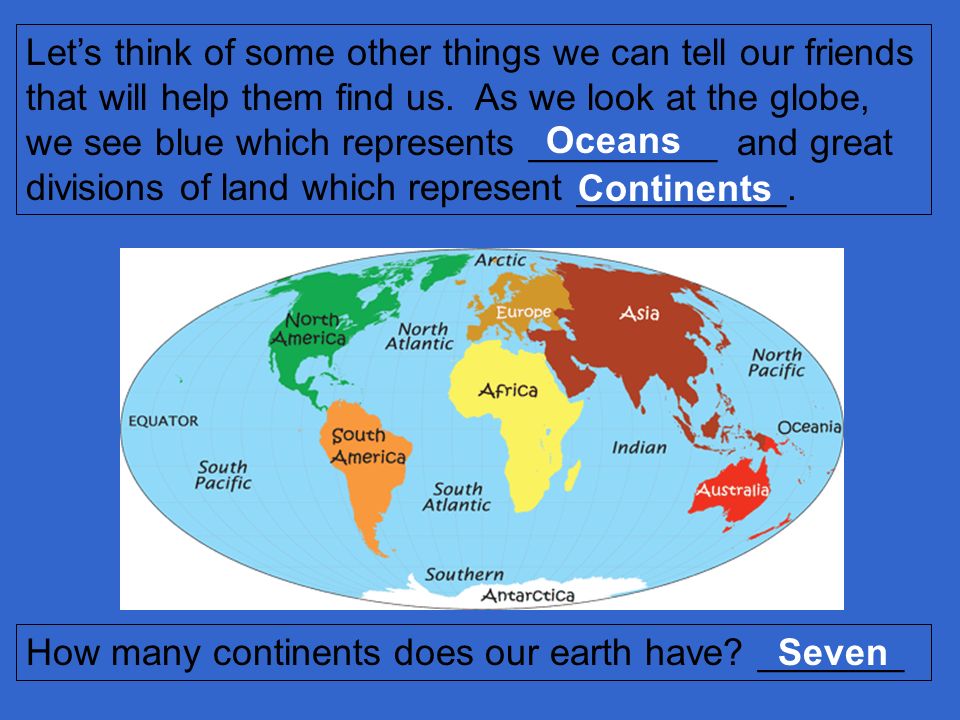 Examples of recreational dance include ballroom, line dancing, aerobic dance, or dance as a hobby.
Examples of recreational dance include ballroom, line dancing, aerobic dance, or dance as a hobby. - Artistic expression: This is dance created with the intent to express or communicate emotion, feelings and ideas. It’s usually performed in a concert or theatrical setting to an audience, and includes forms such as ballet, tap dance and modern dance. It uses rhythmic, partterened, or improvised body movement, and it’s one of the oldest art forms found in every culture around the world.
Dance is the same in any language. It’s a way to express yourself through non-verbal communication; through facial expressions, posture and body language. This makes dance a truly universal art form which is used to tell stories and share ideas. It breaks down language barriers and open doors for communication across different cultures.
What are the health benefits of dancing?
Dancing is a great way to get fit and stay healthy. People of any age and ability can use dance to improve fitness, muscle tone, strength and endurance, and it’s a great way to make new friends too.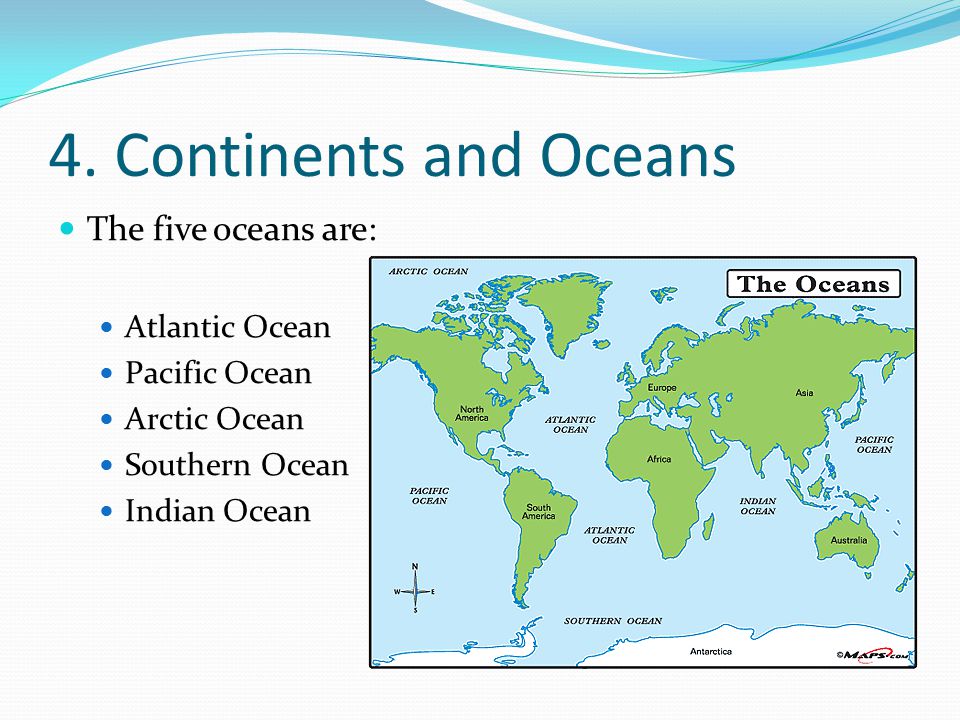 Here are some of the physical and mental benefits that can be associated with dancing:
Here are some of the physical and mental benefits that can be associated with dancing:
- Healthier heart and lungs
- Improved muscle tone and strength
- Increased endurance and aerobic fitness
- Better coordination, agility and flexibility
- Improved balance and spatial awareness
- Stronger bones and reduced risk of osteoporosis
- Greater self-confidence and self-esteem
- Weight management
- Better social skills
Dance can also help to increase circulation, decrease blood pressure, reduce stress, and it can also help develop gross motor skills in children.
What are the different types of dance?
There are many many different types of dance which are performed all over the world. Over the years, different dances have changed, merged and evolved to create the genres we know today. And each genre can be broken down into further subgenres. Let’s take a look at where some of the most popular types of dance originated, and how each plays a part in modern culture.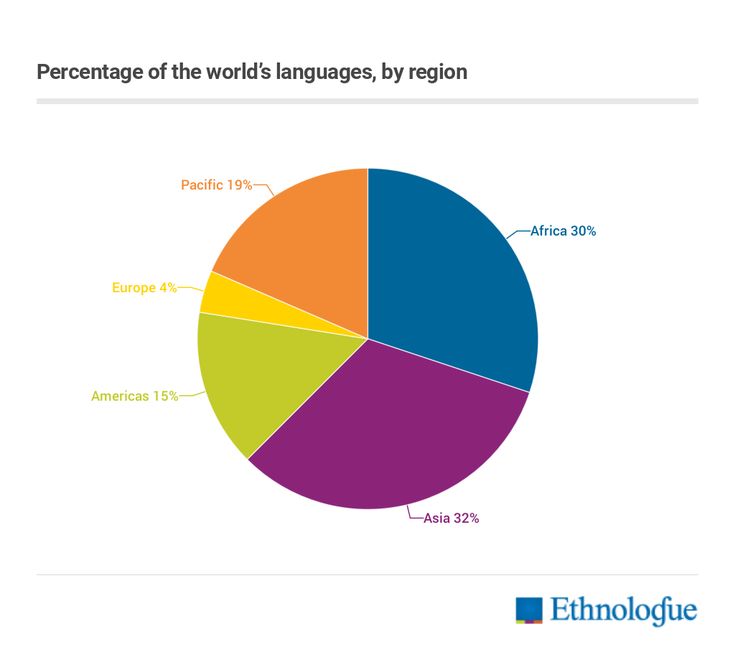
Originating in 16th century France, ballroom dancing is the name given to a set of partner dances, which are enjoyed both socially and competitively around the world. The term ballroom comes from the Latin and Italian words, “ballare” and “room,” which referred to the dance hall. Subsequently, the word “ballroom” came to refer to both the hall and the activity.
In 1650, the Minuet was introduced to Paris, set to music by composer Jean-Baptiste Lully. It was danced by King Louis XIV in public, and so the Minuet dominated the ballroom until the end of the 18th century. Ballroom dance was introduced in England as German waltz in 1812, and it became popular with the upper and elite classes of society in balls and parties. Ballroom dancing flourished in the 20th century along with the jazz era and big band. In 1995, ballroom dancing became an Olympic sport, encouraging many people to enter into dancesport. And a number of well-known television shows have helped to introduce the genre to a new generation.
Different types of ballroom dance include:
1. WaltzA slow and graceful partner dance introduced in the mid-19th century, it was greatly popularised by the music of famous composer Johann Strauss. Today, the waltz is the most famous dance in ballrooms around the world.
2. Viennese WaltzThis is the name given to the original form of waltz, first performed at the Italian courts. It’s much faster than the more famous “English Slow Waltz”, and it was the first genre of dance to introduce “closed hold” between performers.
3. Cha-ChaThis incredibly rhythmic dance is of Cuban origin, and it is danced to the music of the same name, introduced by Cuban composer and violinist Enrique Jorrin in the early 1950’s. The name comes from the shuffling sound of the dancers’ feet when they dance two consecutive quick steps that characterise the dance.
4. TangoOriginating in the 1880’s along the Río de la Plata—the natural border between Argentina and Uruguay—tango is a partner dance which was born in the poverty-stricken port areas, in neighbourhoods which had predominantly African descendants.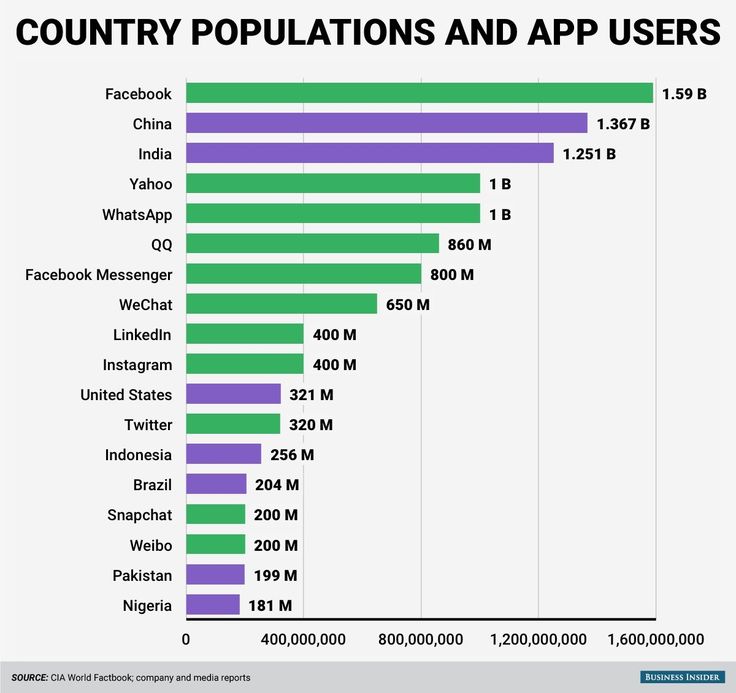 Today, it’s recognised for its sensual and energetic style.
Today, it’s recognised for its sensual and energetic style.
Since its creation in the 1930’s, many types of rumba have been created, most famously Cuban Rumba, Catalan Rumba, Flamenco Rumba and African Rumba. The dance focuses on sensual hip movements, and when it came to England, the anglicised spelling "rhumba" became widely used to distinguish this ballroom dance from traditional Cuban rumba.
6. MamboThis up-tempo dance appeared in Cuba in the late 1930’s, accompanied by the music of the same name. And by 1950 it had taken the Latin dance world by storm, replacing rumba in the United States, as the most fashionable Latin Dance.
7. SambaDeveloped in the 1950’s, samba is a famous dance and musical genre that emerged when people were transported to Brazil from Africa to work as slaves in the mines and sugar plantations. They brought aspects of their musical culture with them. Today, the infectious rhythm of samba is regarded as the national dance of Brazil.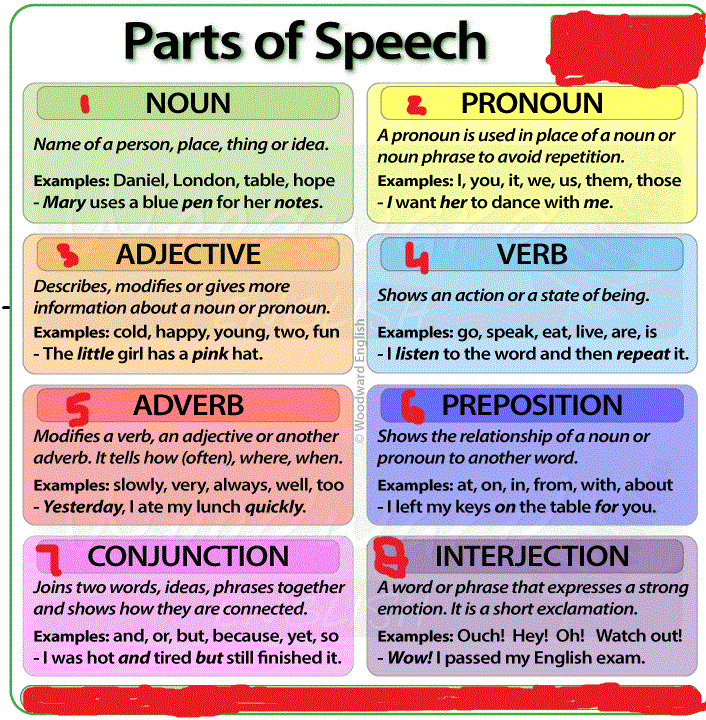
One of the most popular Latin dances, and one of the liveliest, the jive consists of lots of hip rocking and knee movements. The dance style originated in the United States from African-Americans in the early 1930’s, and its official ballroom variation was formalized in the 90’s.
9. QuickstepLight-hearted and fast-paced, the quickstep is one of the most popular ballroom dances around the world today. This powerful dance style was originally developed in the 1920’s in New York City and was first danced by Caribbean and African dancers. Its origins are a combination of slow foxtrot combined with the Charleston, and the glamorous version that is dance today was standardised in 1927.
Professional Performance Dance
Also known as theatre dance, performance dance is usually choreographed and performed to set music. It’s generally performed for an audience in a theatre setting, and it was first introduced in the early years of Italian Renaissance when music, dance, arts and poetry started to rise in popularity.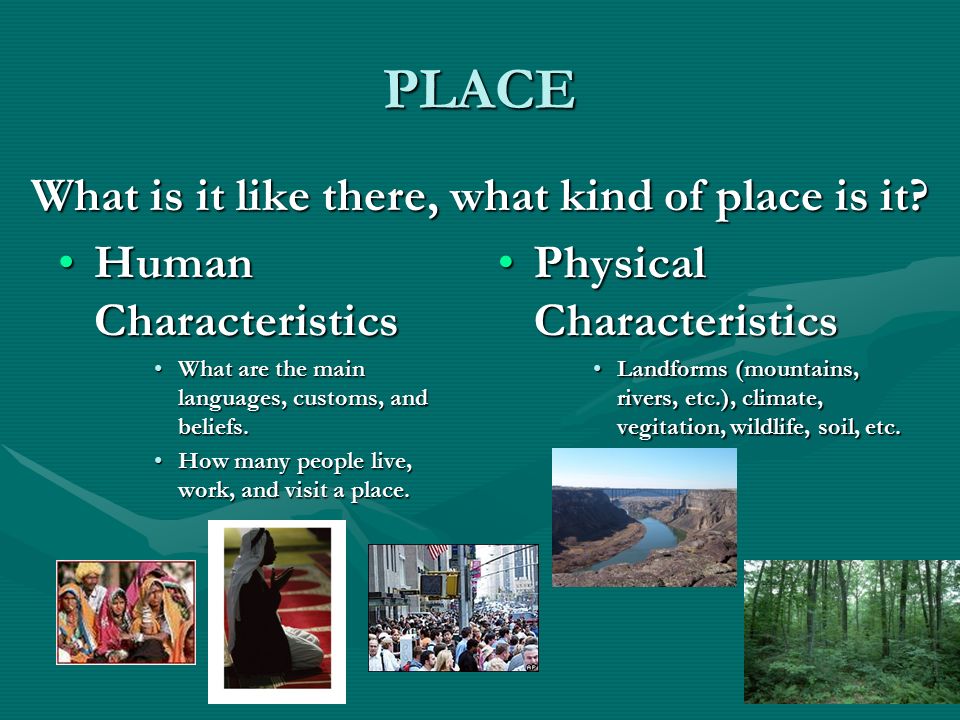
Refined by the efforts of France and Russia, ballet became the premier technical concert dance in the 1500’s, and it’s considered one of the most complicated and most admired dances of all time. But up until 1681, women were not allowed to perform in ballet. Instead, men would dress up to take on female roles until Marie Camargo became the first woman to dance in a ballet. In more recent times, many other professional dances came to be, including Contemporary dance, Concert dance and Modern dance, though ballet remains the most popular for its heritage, complexity and how physically demanding it is.
Different types of professional performance dance include:
10. BalletOne of the most technical and famous of all performance dances, ballet is popular all around the world. It was originally created in 15th century Renaissance Italy, but it soon became popular in countries such as France and Russia. There are four different types of ballet taught and performed around the world today. These include: Classical, Neoclassical, Contemporary and Romantic, the most widely known and performed ballet style.
These include: Classical, Neoclassical, Contemporary and Romantic, the most widely known and performed ballet style.
Soles and fabric are the most important factors when picking your ballet demi-pointes. Check out our advice to pick the right pair for you.
11. Contemporary DanceThis highly complicated type of modern performance dance originated in the mid-20th century, taking elements of classical dance styles (such as ballet), modern styles and jazz dance. Contemporary dance often combines the strong, controlled legwork of ballet, with floor work, and improvisation characteristics of modern dance.
12. Modern DanceThis influential performance dance emerged as a reaction against the classical ballet and its movement style. Developed in the late 19th and early 20th century, modern dance evolved into a popular free dance style that includes elements of performance art, release technique and improvisation.
African-American and Traditional Jazz DanceJazz dance is a performance dance technique and style that first became popular in the United States in the early 1900’s, though the origin of jazz dance can be traced to African rituals and celebratory dances from around the 17th century.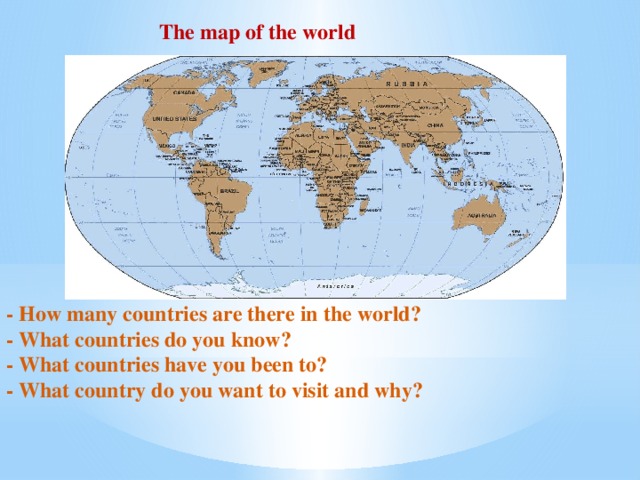
In 1917, jazz pianist Spencer Williams wrote a song called "Shim-Me-Sha-Wabble" which inspired a jazz dance called the shimmy. The shimmy is done by holding the body still, with the shoulders quickly alternating back and forth. The dances that emerged during this period were the Charleston and the Lindy hop. The Charleston is characterized by its “toes-in, heels-out twisting steps", and the Lindy Hop was a wild and spontaneous partner dance.
When the Great Depression began in 1929, people turned to dance as a way to have fun, with little to no cost. Swing dancing became the most popular style of dance in 1930’s and 1940’s America, and today, swing dancing styles are the foundation of many other dance styles including disco, country line dancing, and hip-hop.
Different types of jazz dance include:
13. CharlestonThis extremely popular dance type is named after the harbour city of Charleston, South Carolina. The rhythm was popularized in mainstream dance music in the United States by a 1923 tune called "The Charleston" by composer/pianist James P. Johnson, and it became one of the most popular hits of the decade. ‘Scandalous’ men and women shed the stuffy etiquette of their parents’ generation and wanted to flap their arms, kick up their heels and let loose – hence the term ‘flappers’.
Johnson, and it became one of the most popular hits of the decade. ‘Scandalous’ men and women shed the stuffy etiquette of their parents’ generation and wanted to flap their arms, kick up their heels and let loose – hence the term ‘flappers’.
This popular style of dance originated in the United States in the early 19th century. Slave owners took away traditional African percussion instruments, so slaves turned to percussive dancing to express themselves and retain their cultural identities. From the 1930’s, tap dance sequences became a staple of movies and television, with tap stars including Shirley Temple, Gene Kelly, and Fred Astaire, who was famous for combining tap with ballroom dance.
15. SwingA form of jazz, swing developed in the United States in the 1920’s. Hundreds of styles of swing dancing were developed, with the best-known of these dances being the Lindy Hop, which originated in Harlem in the early 1930’s. While the majority of swing dances began in African-American communities, some swing-era dances, like Balboa, developed outside of these communities.
While the majority of swing dances began in African-American communities, some swing-era dances, like Balboa, developed outside of these communities.
A playful and improvised partner dance, Boogie-woogie is commonly fasted paced, high energy and is famous for its spectacular footwork. A form of swing dance, it became widely popular during the 1930’s. The step variation for boogie dance is a combination of six and eight count with sharp, quick movements.
17. DiscoDisco dance emerged during the 1970’s, with dances like Bump, Hustle, Robot, Boogaloo and Watergate, reaching its popularity peak with the release of the blockbuster film "Saturday Night Fever." Latin dances such as the samba, cha cha, and tango inspired many of the popular disco moves. It’s said that disco music has since influenced electronic dance music and house music.
Looking for modern jazz shoes? Follow our expert's advice to find the right pair for you.
Latin dance has a rich cultural history rooted in the traditional dances of native peoples of Latin America. These dances were heavily influenced by European colonists and African slaves from as early as the 1500’s, developing into the well-known style of Latin dance we have today.
Latin dance originated in the traditional dances of Mexico, South America, Central America and the Caribbean. And like many cultures around the world, dance was essential in communal ritual life. They were performed during festivals and rituals as a symbolic representation of cultural beliefs. Native Latin dances were very structured and organised, often involving lots of dancers moving in intricate patterns. Traditional dances symbolised events, combat and movement of workers sowing and harvesting.
Today’s popular Latin dances were developed in various cities and countries, before being modified and formalised in the U.S. and Europe by professional musicians and dance companies.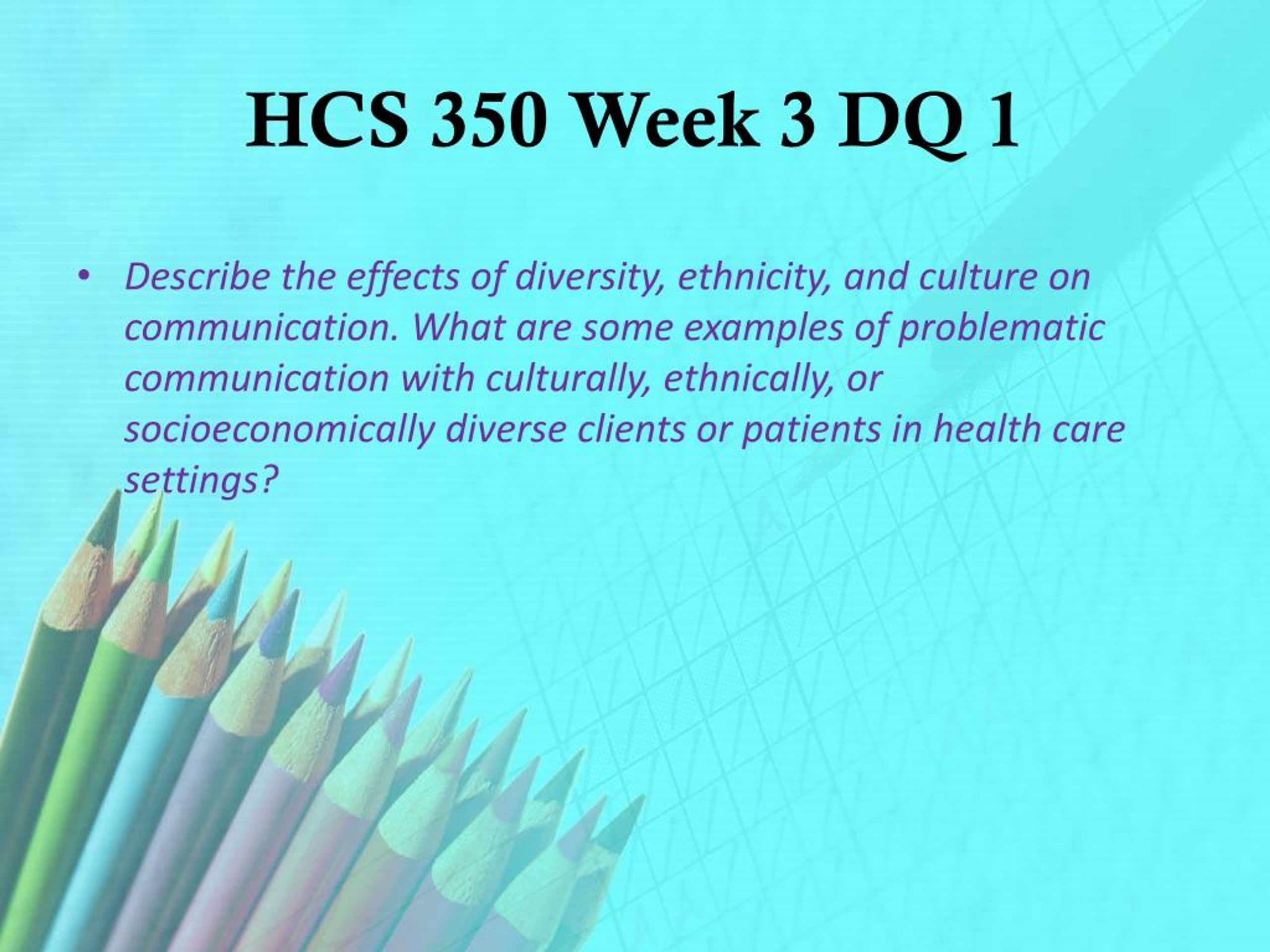 Salsa, for example, has deep roots in Cuba, Columbia and Puerto Rico. The cha cha, rumba and mambo are also of Cuban origin, and the bolero originated in Spain and Cuba, before spreading to the rest of Latin America.
Salsa, for example, has deep roots in Cuba, Columbia and Puerto Rico. The cha cha, rumba and mambo are also of Cuban origin, and the bolero originated in Spain and Cuba, before spreading to the rest of Latin America.
The origins of salsa date back to the 1900’s in Eastern Cuba, where musical elements and rhythms from various styles were combined. Cuban son and Afro-Cuban rumba used diverse musical instruments to create the basis of a rhythm that would later become known as salsa. This new rhythm was combined with American jazz and taken to New York by Cuban musicians. Today, there are two different types of salsa dance which are danced around the world: The Cuban ‘Casino’ style and the Los Angeles (L.A.) style.
19. FlamencoThis famous Spanish dance originated from the region of Andalusia almost 500 years ago, though it wasn’t given its name until the 18th century. It is a diverse dance that mixes different cultural influences such as Islamic, Andalucian, gypsy, Sephardic and Arabic.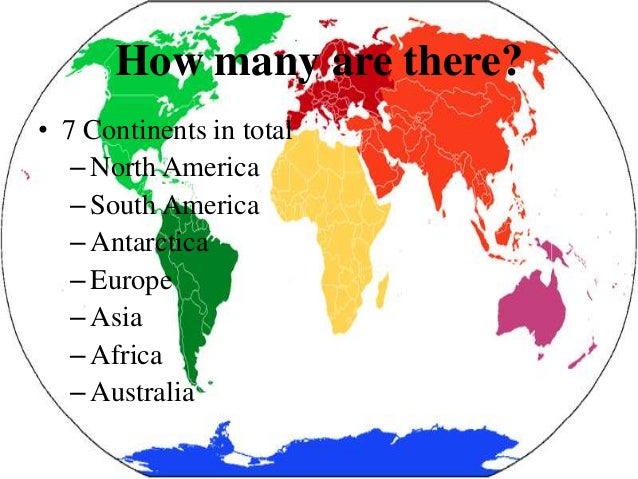 Its passionate and energetic fusion of singing, guitar playing, dance and handclaps has made it famous across the world.
Its passionate and energetic fusion of singing, guitar playing, dance and handclaps has made it famous across the world.
This well-known partner dance originated from Para, Brazil, and became internationally popular in the 1980’s. It fuses aspects of forró, salsa, merengue, maxixe and the carimbó into a passionate dance style. It has a slow-quick-quick rhythm, and it’s distinguished from other forms of Latin dance through the wave-like motion of the dancers’ bodies, which gives the dance its name: Lambada is a Portuguese word referring to the wave-like motion of a whip.
21. PolkaOriginally a Czech peasant dance, polka is derived from the Czech phrase for ‘half-step’, which refers to the dance pattern of stepping from one foot to the other. The polka dance was first introduced to Prague ballrooms in 1835, and to Paris ballrooms in 1840. It grew wildly popular, reaching England and the United States by the late 1840’s. Polish American immigrants adopted the polka as their national dance In the 20th century, and today, polka is one of the few dances that originated during the 19th century that is still popular worldwide.
Polish American immigrants adopted the polka as their national dance In the 20th century, and today, polka is one of the few dances that originated during the 19th century that is still popular worldwide.
The first belly dancers were a group of traveling dancers known as the ghawazee. These women were considered gypsies in Egypt in the 18th century, and were banished from Cairo during the 1830’s. They went on to perform in Upper Egypt, in the Middle East and Europe. The raqs sharqi genre of belly dancing began to develop through the 1900’s, adopting elements from folk dance styles, ballet, Latin dance, and even American marching bands. Belly dancing gained popularity in the United States in the 1960’s during a time when more women were becoming free spirits.
23. Country/Western DancesThe country dance style is a social dance that is closely associated with American country and its Western traditions. It encompasses many forms and styles of dance that can be performed to country-western music. Western group dances include popular line dancing and square dancing.
Western group dances include popular line dancing and square dancing.
Popular all around the world in hundreds of unique variations and styles, folk dances represent cultural heritage and ethnic history of people who live in a certain region or country. They are usually performed at dance gatherings with the accompaniment of traditional music of the region.
25. BollywoodBollywood dance originated in India in the 20th century. It’s characterized by elaborate choreographies, energetic movements, and dances that involve a large number of participants. Initially, Bollywood dancing was only common and popular in areas that watched Indian films, but today, Bollywood is celebrated all over the world.
Hip-hop & Funk DanceHip-hop dance began in New York City in the late 1960’s, and was inspired by the movements of African dancing. It flourished as a new style of dance performed on the street, combining aspects of modern dance, tap and swing. It’s most commonly performed to hip-hop music, and includes a variety of freestyle movements, though it’s three main styles of breaking (of the East Coast), popping and locking (of the West Coast) have led to hip-hop evolving into the highly sought-after and dominant style of dance it is today.
It’s most commonly performed to hip-hop music, and includes a variety of freestyle movements, though it’s three main styles of breaking (of the East Coast), popping and locking (of the West Coast) have led to hip-hop evolving into the highly sought-after and dominant style of dance it is today.
A very similar style called Funk was also created during the 1970’s, and is today regarded as one of the most influential pieces of hip-hop dance styles. Funk styles were created in California, and they are called funk style because they were originally danced to funk music. This differentiates them from breaking, which is traditionally danced to break beats.
Different types of hip-hop dance include:
26. BreakdanceOne of the most athletic dances in the world, breakdancing became popular in the 1970’s as a street dance in New York. Since then, it has spread all around the world where it’s viewed as one of the most unique dance styles ever made. Usually danced solo, dancers perform a series of either choreographed or freeform dance and athletic movements alongside breakbeat, hip-hop or funk music.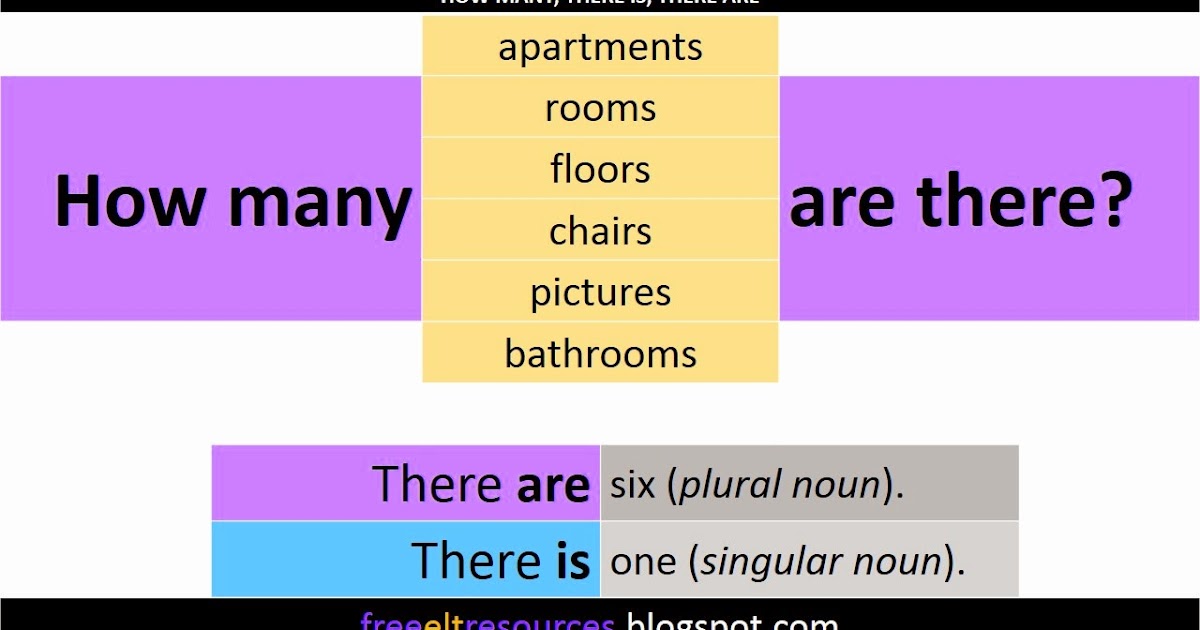
Funk dance is incredibly diverse, and one of its famous variations is ‘locking’. This style of hip-hop dance sees the dancer suddenly stop and hold the position (or get locked) in the middle of dance routines, and then suddenly resume the dance. It requires full body motion, but most of the dance is focused on the top half of the body.
28. PoppingAnother popular funk dance style, ‘popping’ requires dancers to master controlled and quick contrasting and relaxing of muscles that create the feeling of a jerk throughout the body. This jerk is referred to as ‘pop’ or ‘hit’ and can be used to create dance routines and movements.
How can I get started with dancing?
Feeling inspired? There are lots of places where you can enjoy dancing; at dance schools, social venues, or even in your own home. Dancing is a popular way to get fit, and dance-based classes are now available in most fitness clubs and gyms. Dancing can be done both socially and competitively. And it can be practised individually, with a partner or in groups.
And it can be practised individually, with a partner or in groups.
Anyone of any age can take up dancing, so to get started, simply search online for a dance class near you. Or try a few online videos to get a feel for what sort of dance style you like the look of.
21 List of Dance Moves Names with Pics
Dance and human civilization are bonded together since the beginning of the human race. With centuries passing by, Dance has become one of the important tools for recreation, entertainment, health, preserving social interactions, religious ceremonies, and also in celebrating events etc. Dancing also served as a way of expressing human thoughts and emotions and also as a means of communication. These days, people chose dancing for various purposes like continuing the family legacy, improving the physical and mental health, as an occupation etc. With the increasing demand in creativity, dance forms also emerged quickly, and now in the present day, we have different dance forms based on different regions, cultures, religions, etc.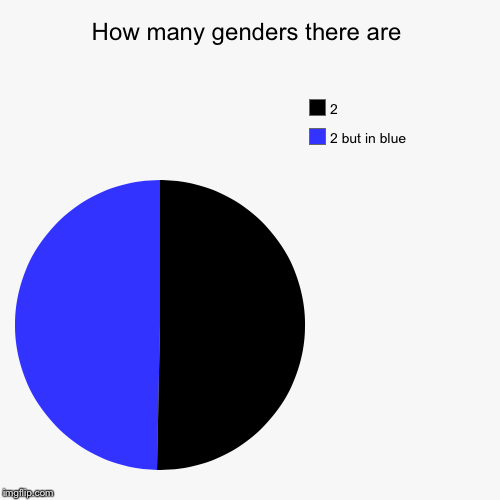 Here in this article, we show you different types of popular dances present in the world.
Here in this article, we show you different types of popular dances present in the world.
A. Indian Classical Dance(Nritya):
Indian classical Dance or popularly revered as “Shastriya Devesh” in the religious Hindu Musical theatre styles whose scripted theories and practices can be identified from the Sanskrit text Natya Shastra. In Hindu religion, it is believed that Kala Bhairava (Lord Shiva) is considered as the master of Dance and hence he is worshipped as Nataraj. Indian classical dances were performed as a religious art inside the sanctum of the Hindu temple or nearby it. There are 8 recognized Indian classical dances by The Sangeet Natak Academy.
- Bharatanatyam from Tamil Nadu
- Kathak from Uttar Pradesh
- Kathakali from Kerala
- Kuchipudi from Andhra Pradesh
- Odissi from Odisha
- Sattriya from Assam
- Manipuri from Manipur
- Mohiniyattam from Kerala
See More: Fashionable Dance T-Shirts
B.
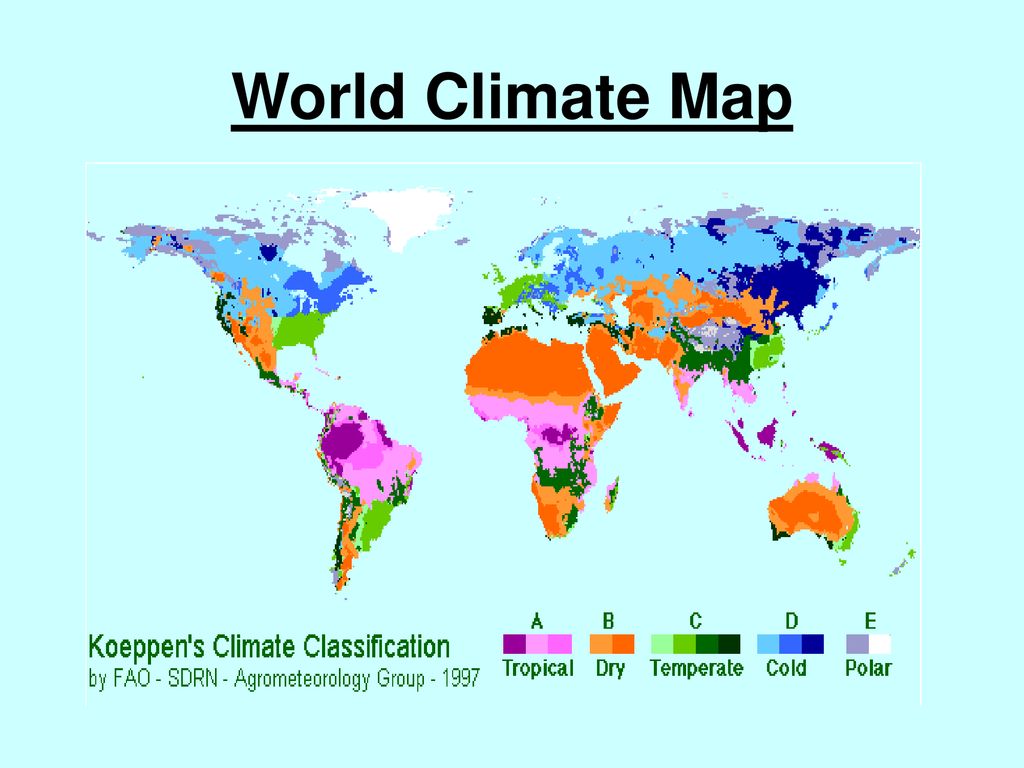 African-American Dance:
African-American Dance:African-American Dance was started by the black people in America. Before slavery ended in America, many Africans were transported to America as slaves. Soon after the slavery ended, the Africans started to perform their native Dance with a flavor of American moves making it popular as an African-American Dance style. Placing great value on improvisation, these dances are characterized by ongoing change and development. Even today, most of the black Americans perform this style. Some of the famous personalities who performed this dance style are Micheal Jackson and Misty Copeland. Some of the African-American dance styles performed today are
- Break Dance
- Tap Dance
- Swing
- Hip-Hop
- Disco
- Moon Walk
C. Novelty or Fad Dance:
Novelty or fad dances are typically characterized by a quick burst of popularity. Some of these dances may get a longer-lasting life. These are also called as trendy dances or crazy dances which becomes popular overnight.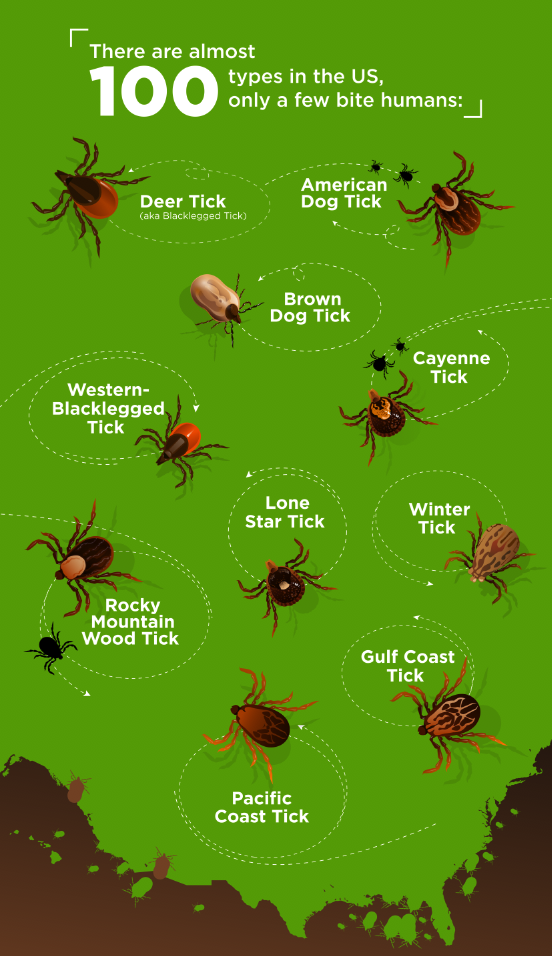 These type of dances were initially started by African-American communities on the streets, in clubs, and in discotheques dancing with some loud and energetic music. There are fad dances that are meant to be danced individually calling them as solo dancers, some with partners, some with groups. Some of these Novelty or fad dances were freestyle type, i.e., there were no particular dance steps or pattern. Some of the well-known Novelty/Fad dances are
These type of dances were initially started by African-American communities on the streets, in clubs, and in discotheques dancing with some loud and energetic music. There are fad dances that are meant to be danced individually calling them as solo dancers, some with partners, some with groups. Some of these Novelty or fad dances were freestyle type, i.e., there were no particular dance steps or pattern. Some of the well-known Novelty/Fad dances are
- Bunny Hop
- The Carlton
- Gangnam Style
- Level Up
- The Smurf
- Moon Walk
D. Ceremonial Dance:
This is a type of Dance performed during any ceremonies or for any religious rituals. This type of Dance is also called as ritual Dance or festival dance. Ceremonial Dance is often related and overlaps to sacred Dance and ecstatic dance type. This type of Dance is usually performed to uplift the community spirit. The ceremonial dance type is different for different religions and also different in different regions (countries or places).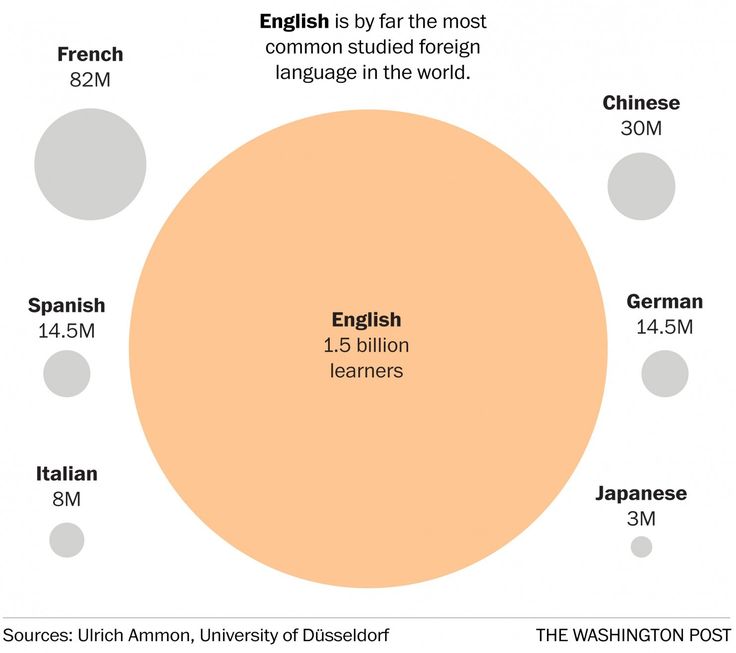 Some of the best known ceremonial dances are
Some of the best known ceremonial dances are
- Indian Classical dances like Bharatnatyam, Kuchipudi, Kathakali etc
- Hadra dances and Sufi Whirling in Islam religion
- Dances in Ancient Egypt
- Long Sword dance in England
- Morris dancing
- Rapper dance
- Ritual dancing of China
- Dances of Universal Peace
E. Social Dance:
It is a non-competitive, partner dancing that is relaxed, informal, and danced for the enjoyment and entertainment of the partners that are intended for participation rather than performance. Social dancing is less formal than exhibition dancing and is meant to be enjoyed while socializing. Social dancing is usually performed or enjoyed in wedding receptions, business functions, nightclubs, or informal gatherings. Some of the best known Social dance types are:
- Waltz
- Line Dancing
- Minuet
- Tango
- Swing Dancing
- Hasapiko Dancing
- Cha-Cha
- Samba
- Nightclub Freestyle
F.
 Latin/Rhythm Dance:
Latin/Rhythm Dance:Latin Dance is a partnered dance style that is united by their place of origin- Latin America. This type of Dance is invariably passionate and rhythmic while performing. Latin dances hail from various countries in North and South America and also has European, and African influences. Latin Dance is known for passion, the fire, and the energy and because of these reasons, most of them started making this a hobby of learning Latin Dance, that also benefits from cutting down some pounds in your body. Today, following the music, rhythms, and movement history, Latin Dance evolved over time and has many Latin styles. Some of them are:
- Slasa
- Bachata
- Samba
- Rumba
- Cha-Cha-Cha
- Jive
- Paso Double
- Zumba
G. Street Dance:
Street dance is a type of dance style that has been evolved outside the dance studios. These dances are performed on the streets, parks, block parties, clubs etc. In fact, these dances originated at different times and places. For example, Breaking is said to evolve in the 1970s in New York. Nowadays the terms “street dance” and “Hip Hop dance” are often used to refer to a studio-based version of the forms which came about after established teachers and choreographers of Jazz, Ballet and Contemporary tried to copy the “street” styles when they were popularized. Some of the styles of street dances are:
For example, Breaking is said to evolve in the 1970s in New York. Nowadays the terms “street dance” and “Hip Hop dance” are often used to refer to a studio-based version of the forms which came about after established teachers and choreographers of Jazz, Ballet and Contemporary tried to copy the “street” styles when they were popularized. Some of the styles of street dances are:
- Hip-Hop
- Break Dancing
- Jerking
- Locking and Popping
- Electro Dance
- Tutting
- Clogging
21 Most Popular Types of Dance Forms Names:
Dance is an art that is practiced or performed by different sets of people in different ways. Hence Dance can be classified based on country, region, ethnicity, styles etc. For example, in India, there are certain classical dances that are quite famous and in other regions like Brazil has its own traditional Dance. But, there are some dances which are extensively performed and practiced all over the world.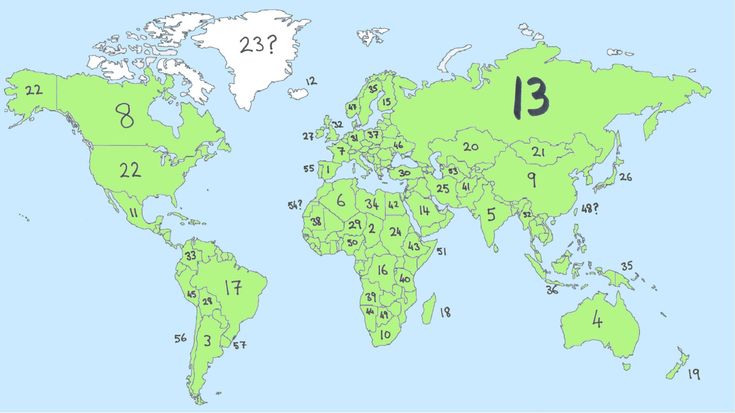 Here is a list of some of them.
Here is a list of some of them.
1. Ballet:
Ballet dance has its origin from Italy. The term ballet means to “dance.” This is usually accepted all over the world as one of the most artistic forms of entertainment enjoyed by all ages. This Dance is the combination of choreography and art, scenic design, lighting, costume, graceful movements with light classical music. These days the traditional ballet dance is replaced with new modern forms of ballet dance styles. Some of the forms of ballet dance are classical ballet, contemporary ballet, neoclassical ballet etc. This type of Dance is not difficult to learn once you have identified your passion for it.
2. Bharatnatyam:
Bharatnatyam is an Indian classical dance form having its origin in Tamil Nadu. It is a dance form practiced by both males and females. It is known among all for its tenderness of graceful expressions and posses and beauty of the dance steps. Dancers wear anklets while performing which consists of numerous copper bells attached.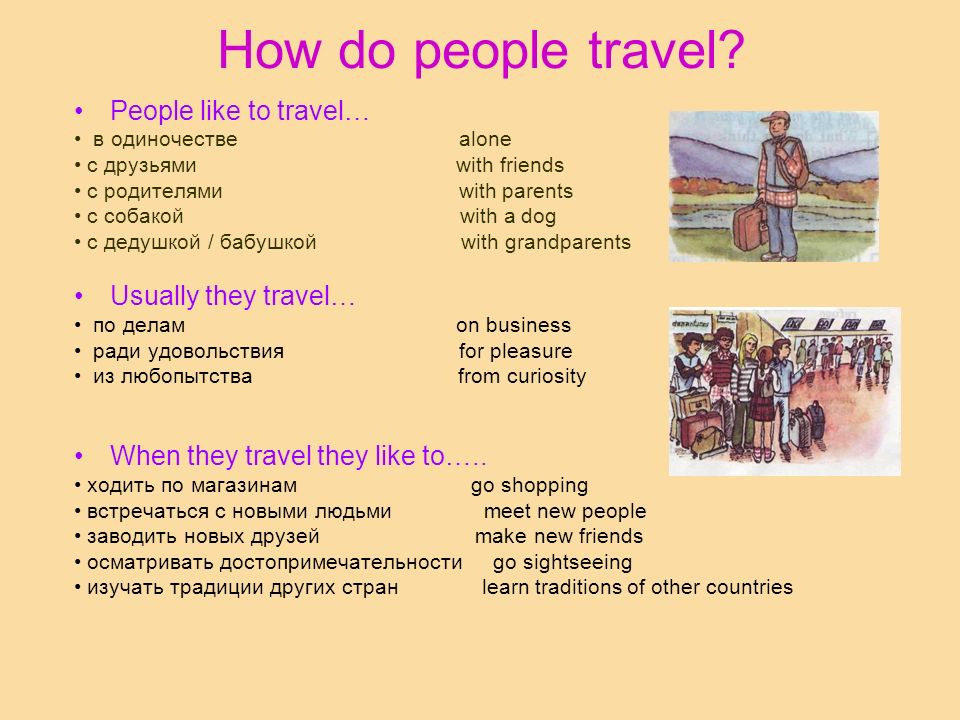 Dancers must excel in the art of perfect ringing of bells in the anklets and must also have proper control over it. Bharatnatyam is one of the well-known types of Dance in India.
Dancers must excel in the art of perfect ringing of bells in the anklets and must also have proper control over it. Bharatnatyam is one of the well-known types of Dance in India.
3. Kathak:
In types of Indian Dance, Kathak is one which originated in the north Indian land. Among the many dance name list, Kathak is one beautiful form of art. Nomadic bards of ancient Northern India are known to lay down the foundation of this dance form. They were known as storyteller or Kathakars. The performers usually wear the famous Lehenga Choli costume while dancing. Even the copper bells used in Bharatnatyam are used in this dance form.
4. Break Dance:
Breakdance also knew as a street dance was originated by Puerto Rican Youths and African Americans. This dance form consists of four major movements – power moves, down rock, top rock and freezes. This is a modern kind of Dance that involves abstract body steps, that may or may not convey anything. It is usually practiced by the youth.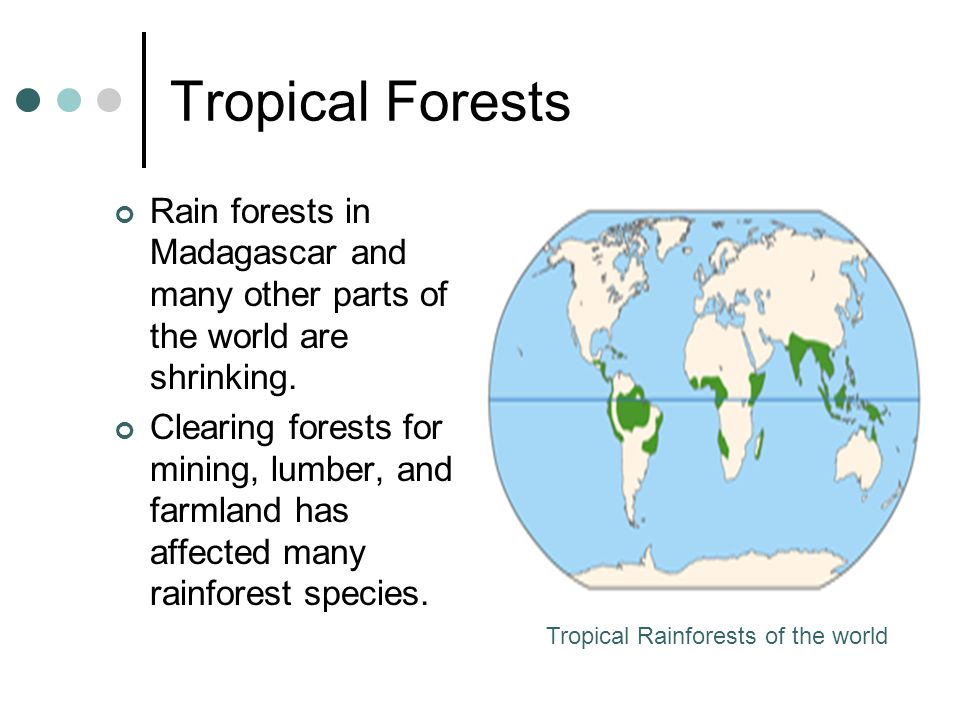
See More: Types Of Dancing Shoes
5. Lion Dance:
The lion dance is the traditional dance form of Chinese culture. In this form of dance, the performers wear lion costumes and mimic the moves and styles of a lion. This type of Dance is amazing to look at and is completely different from another dance form because you usually cannot see the person behind the costume in this form.
6. Tap Dance:
In this dance form, one needs to tap the shoes on the wooden floor. The shoes are made up of a metallic sole on the heel and the toe facilitating the tapping sound. The two well-known tap dance types are Broadway tap and Rhythmic tap. Tap dancing is also done in Cappella style in which performers need to perform on music created from tapping.
7. Kabuki:
The classical Japanese dance-drama is known as kabuki. This is known for its stylization of performance, and the elaborate and highly complicated make up worn by the performers. Kabuki involves a lot of practice and handling the costume along with the dance steps needs experience.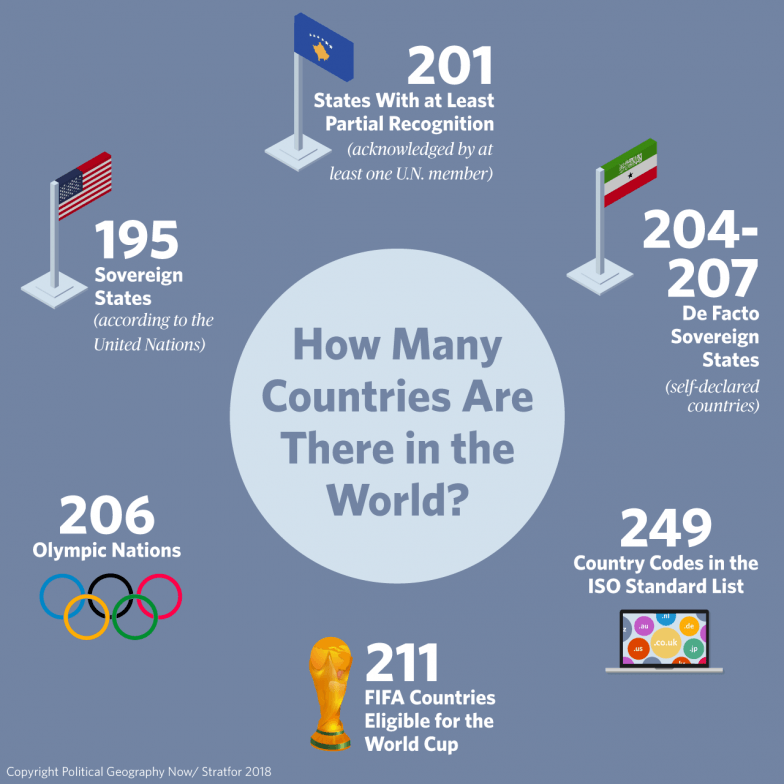 It was one of the major theatrical performance in Japan for about four centuries.
It was one of the major theatrical performance in Japan for about four centuries.
8. Salsa:
It will come in another type of western Dance which almost everyone knows and is performed all around the world. Salsa was originated in New York due to the strong influences of Latin America. Arms are used by the lead dancers to communicate with the followers. In these types of dances, the major expressive movements are done by the lower part of the body that is the hips, the body and legs. The upper body remains at its level. Salsa can be performed in different styles which can be identified on the basis of foot patterns, turns and figures, on the basis of timing, body rolls, dance influence, attitude and the way the partners hold each other while dancing.
Read: Dance Exercises For Beginners
9. Waltz:
The ballroom couple dance performed in closed positions is known as Waltz. This dance form had originated in the country of England during 1816. Several Victorian novels have the mentioning and a perfect description of this dance form. While dancing, the man is required to clasp his arms around his female partner’s waist. This type of modern Dance requires performers to execute delicate and fluid moves and Dance to slow melodic music.
Several Victorian novels have the mentioning and a perfect description of this dance form. While dancing, the man is required to clasp his arms around his female partner’s waist. This type of modern Dance requires performers to execute delicate and fluid moves and Dance to slow melodic music.
10. Belly Dancing:
One of the unique forms of Dance is belly dancing, and it comes under types of modern Dance. It is characterized by sharp and rolling movements of the abdomen and the hips. This dance form has different types of dance moves depending upon the region and country it is being performed. Movements of the hips and the torso communicate the maximum. Shakira, a famous Latin American superstar, was the one to popularize this form during the 2000s.
11. Swing:
Swing, as the name sounds, is a very interesting dance form. It is a group of dances developed with a swing style danced to the tunes of jazz music during the 1920s – 1950s. Swing is a blanket word to different dances such as Jitterbugs, Boogie Woogie and Lindy hops.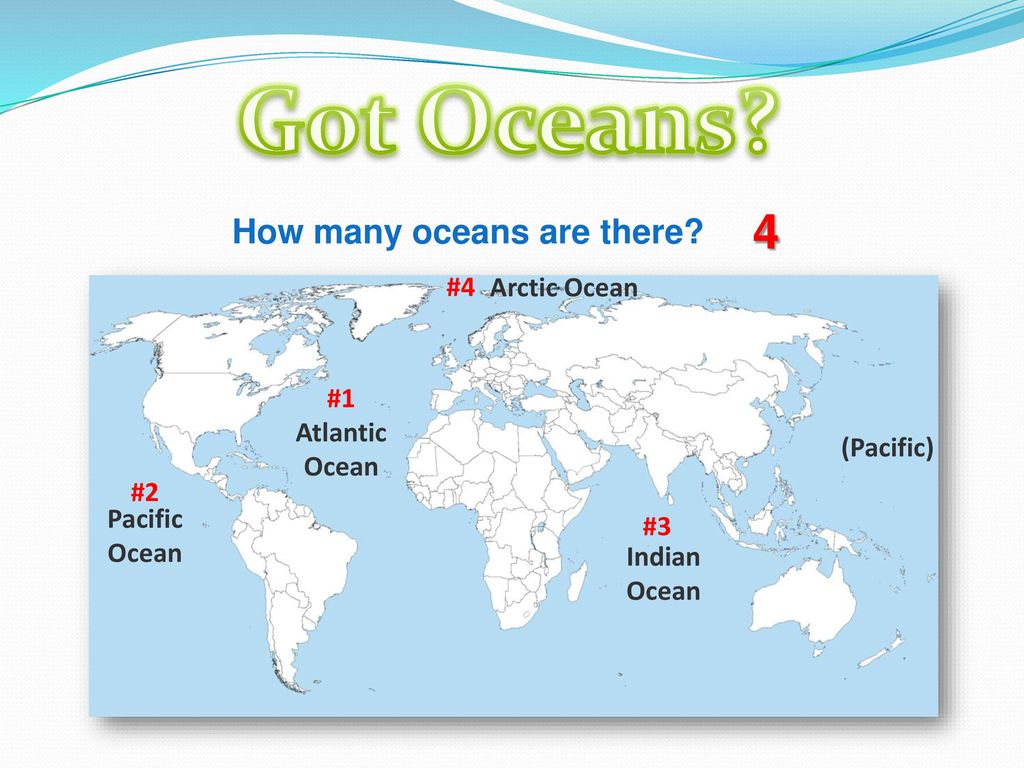 This type of dance form is fun, and the performers wear stylish dresses, yet very comfortable.
This type of dance form is fun, and the performers wear stylish dresses, yet very comfortable.
12. Aerial Dance:
Aerial Dance is slowly becoming very famous these days. This dance form is not easy to perform and requires proper training. It was first performed in the USA during the 1970s. The name clearly indicates that in this form, the performer is required to perform in the air. The dancer hangs from any apparatus which is attached to the ceiling and performs steps in mid-air. It provides a lot of space to develop a new idea and dance moves.
13. Tango:
It is a partner dance originated along with the river Plate during the 1890s the partners in tango follow each other chest to chest with either an open embrace or a closed embrace with a constant touch from the thigh area. Tango is a kind of ballroom dance and began in the working-class port in Uruguay, Argentina and Rio de la Plata.
14. Fandango:
Fandango is the primary Dance of Portugal. It involves singing as well as dancing.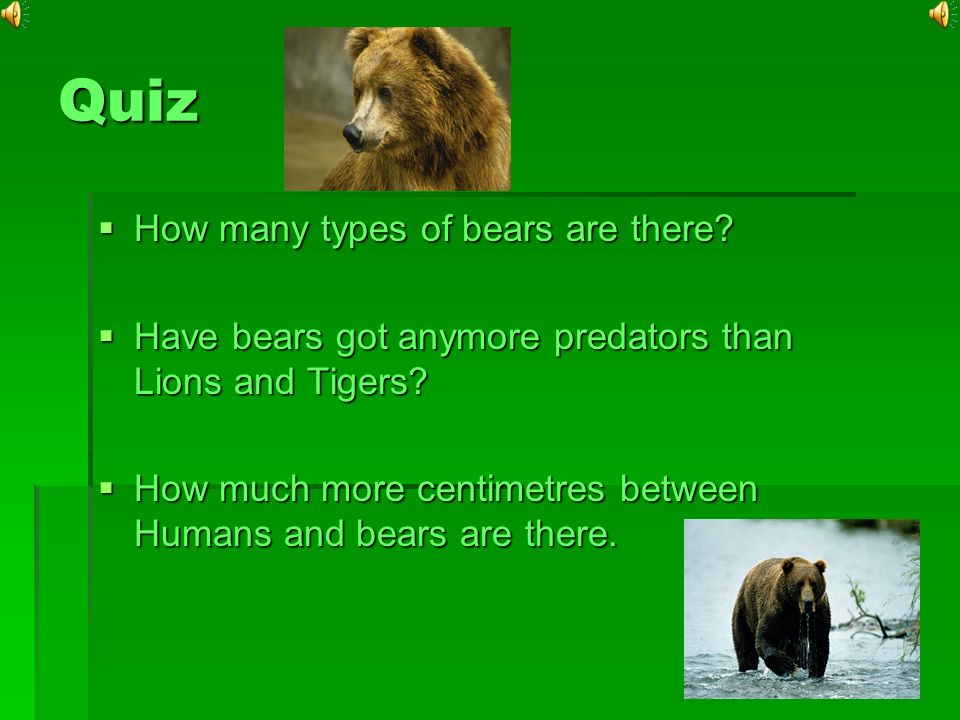 Dancers tap their feet and quickly keep on changing positions. This dance form is accompanied by castanets, guitars and even sometimes hand clapping.
Dancers tap their feet and quickly keep on changing positions. This dance form is accompanied by castanets, guitars and even sometimes hand clapping.
See More: Zumba Dance For Weight Loss
15. Cancan:
Cancan is very high energy and physically demanding hall dance. It is usually performed by women in a chorus wearing beautiful costumes which are long skirts with black stockings. The main feature of this form is lifting of the long frilly skirt high accompanied by high kicking.
16. Latin Dance:
Latin Dance involves two partners and resembles a ballroom dance. It originated in Latin America. The social Latin Dance in International Dance includes the rumba, samba etc. The History of Latin dance dates back to the fifteenth century when indigenous dances were first recorded by Europeans. Their dance form is deeply rooted in History and is a must-watch entertainer.
17. Iranian Dance:
Persian Dance or is also known as Iranian Dance refers to the type of dance form, indigenous to Iran. Genres of Dance in Iran usually vary depending on the area, culture, and language of the local people. They also range from sophisticated reconstructions of refined court dances to energetic folk dances. The dance style is rhythmic and pleasing to watch.
Genres of Dance in Iran usually vary depending on the area, culture, and language of the local people. They also range from sophisticated reconstructions of refined court dances to energetic folk dances. The dance style is rhythmic and pleasing to watch.
18. Azerbaijani Dance:
There are a number of Azerbaijani dances that are practiced and used by the Azerbaijani people of Azerbaijan and the Irani’s of Azerbaijan. Their Dance is engaging, and they differ from other dances and is famous for its quick temp. They are entertaining to watch and is a national interest.
19. Disco Dance:
Disco dance is a type of dance style that is a musical style dating to early 1970s. It began from the USA urban night-life scene, where it had been restricted to house parties. From there on, it began making regular mainstream appearances and gathered popularity. Its popularity was achieved sometime during the mid-1970s to the early 1980s.
20. Folk Dance:
Folk dance is a typical form of Dance that is usually extensively performed in rural areas.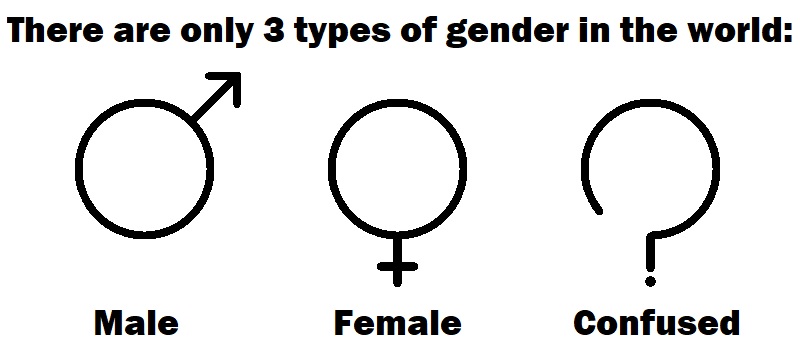 It talks of the folklore of the village plight. It is a traditional type of Dance pertaining to one set of people or community. The costumes are interesting and usually depict the traditional dress of the community.
It talks of the folklore of the village plight. It is a traditional type of Dance pertaining to one set of people or community. The costumes are interesting and usually depict the traditional dress of the community.
21. Electronic Dance:
This style of Dance is also known as Electronic Dance Music (EDM). This style started in Northern Europe during the 2000s and has become very popular in the next decades. This Dance is typically performed to electro house music based on different dance styles like disco, hip hop and freehand glow sticking.
[See More: Various Kinds of Kisses]
Dance is an art that has been practiced since ages for different purposes. In ancient days, History tells us that Dance was performed by only a set of families in front of the kings and in the temples for the purpose of entertainment. Modern-day Dance has evolved in different forms and for different purposes such as Dance as an art, as social bonding, as a career, for health, as relaxation and recreation etc. If you are planning to start dancing, choose any of the above-mentioned styles that can suit your needs. Make sure that you start dancing in the presence of a professional because any mismatch can strain your body or maybe dislocations in your body.
If you are planning to start dancing, choose any of the above-mentioned styles that can suit your needs. Make sure that you start dancing in the presence of a professional because any mismatch can strain your body or maybe dislocations in your body.
Disclaimer: The above article is intended for information purpose only and should not be construed as professional advice. If you are a beginner, it is recommended to practice or perform in the presence of a professional only.
How many kinds of dances are there in the world?. Who is who in the world of art
How many types of dances are there in the world?. Who's Who in the Art WorldWikiReading
Who is who in the world of art
Sitnikov Vitaly Pavlovich
Contents
How many kinds of dances are there in the world?
Dancing has existed since the very first steps of mankind. Primitive people in dances depicted the forces of nature, they gave dances magical power. There were also military and hunting dances, wedding and funeral dances.
Primitive people in dances depicted the forces of nature, they gave dances magical power. There were also military and hunting dances, wedding and funeral dances.
They danced in the temples of ancient Egypt and in Greece. It was the Greeks, who admired dance as an art form, who developed it to such an extent that dance ceased to be part of religious ceremonies, but became a source of entertainment. Dances became an integral part of all feasts and holidays among the Greeks. They danced in India and Spain, as well as in the countries of the East.
Later, the country where the art of dancing really began to develop was France.
There are many types of classical dances: the serious and unhurried dance of the court houses of England - the allemande, the intricate French dance - the courante, the majestic sarabande, the jig - the old dance of English sailors, the Norwegian peasant dance of the springar, the Polish polonaise, the Krakowiak, the mazurka and the polka. And, of course, everyone's favorite and ageless waltz. According to experts, there are now more than 250 types of different dances in the world.
According to experts, there are now more than 250 types of different dances in the world.
This text is an introductory fragment.
How many kinds of flies are there?
How many types of flies are there? The answer could be: "Only one kind - annoying!" In fact, all non-dangerous types of flies are very annoying, and there are about 40,000 species of flies in total! There is hardly such a corner of the world where they would not suffer from flies, although using chemical
How many types of caftans were worn in Rus'?
How many types of caftans were worn in Rus'? Many types of clothing existed, as it were, in two varieties, depending on the social environment, belonging either to the upper or lower class.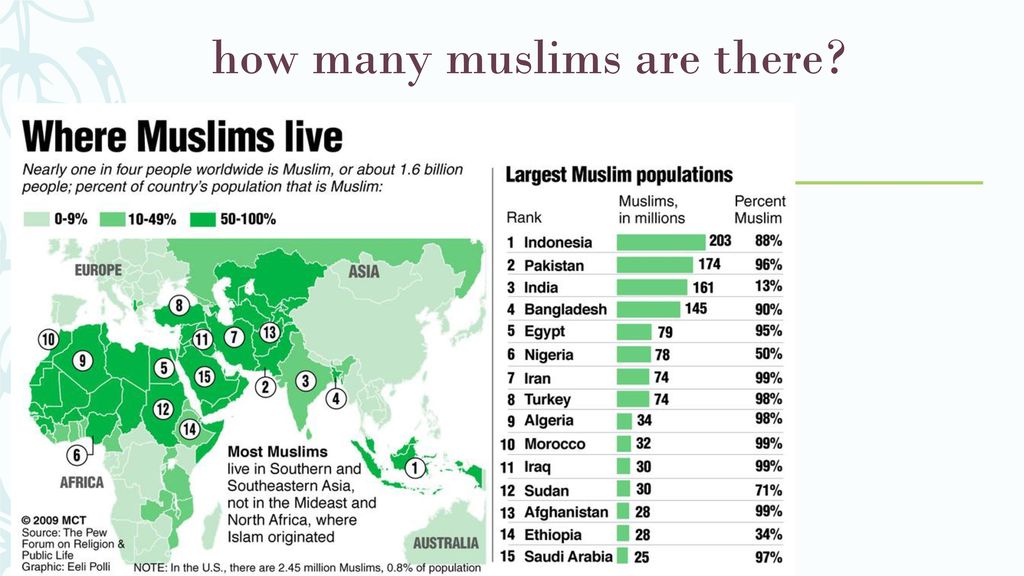 Caftans appeared in Rus' during the Tatar-Mongol yoke. In those days they existed
Caftans appeared in Rus' during the Tatar-Mongol yoke. In those days they existed
How many types of insects are known?
How many types of insects are known? Today, about a million flying, jumping, crawling, relatively large and almost microscopically small species of insects have been recorded. But entomologists believe they are at least twice as many as 90,003
How many types of palm trees are there?
How many types of palm trees are there? Many of us consider the palm tree to be a purely ornamental tree. We have seen in pictures how these majestic trees line the streets in some cities or grow near tropical beaches. In fact, there are about four thousand different
How many varieties of apples are there in the world?
How many varieties of apples are there in the world? There are enough different varieties of apples in the world to satisfy any, even the most picky taste. There are more than 2,000 of them in England alone. If you look at the whole world, then there will be several times
There are more than 2,000 of them in England alone. If you look at the whole world, then there will be several times
How many species of insects are there on earth?
How many types of insects are there on earth? Do you know how many species of insects live on our planet? From 2 to 4 million different types! Scientists have described about 625,000 species of insects, and there is little hope that all existing species will ever be described
How many galaxies are there?
How many galaxies exist? Scattered throughout the universe, there are huge collections of stars called galaxies. Our Sun is a star in the Milky Way galaxy, which is made up of billions of stars. It takes about a hundred thousand years for the light from one end of our
How many types of climate are there?
How many types of climate are there? There are many different types of climate on Earth. By the way, climate is a combination of readings of temperature, humidity, wind and sunlight in a certain place for a certain period. The climates of the world can be classified according to
By the way, climate is a combination of readings of temperature, humidity, wind and sunlight in a certain place for a certain period. The climates of the world can be classified according to
How many types of oranges are there?
How many types of oranges are there? No one knows exactly where the birthplace of the orange is. Although now it is grown in all warm countries of the world, until recently it was not so widespread. The Greeks and Romans knew about the orange and it was probably brought from India in
How many religions are there?
How many religions are there? What is religion? The word "religion" can have so many meanings that it is almost impossible to describe them in a few words. But six qualities are inherent in most religions. Let's look at them briefly: 1. Faith in the power or powers of heaven is stronger,
How many species of fish live on the planet?
How many types of fish live on the planet? There were no people on earth when the first fish swam on the waters of the ocean. There were not even dinosaurs then, not to mention elephants or any other highly organized living creatures. The first vertebrate animal on earth was
There were not even dinosaurs then, not to mention elephants or any other highly organized living creatures. The first vertebrate animal on earth was
How many types of insects exist in nature?
How many types of insects exist in nature? What is the word "insect" associated with in the minds of most people? These are usually harmful insects such as flies, mosquitoes, moths and beetles. Or they think of ants, bees and wasps, and attractive insects like butterflies. A
How many species of bats exist in nature?
How many types of bats exist in nature? There are an unusually large number of different types of bats, about a thousand. They live in almost all corners of our earth, except for the polar regions. All types of bats differ in their habits depending on their habitat. And all
How many types of nails are there?
How many types of nails are there? Typically, nails are used to fasten pieces of wood together or to nail other materials to wood.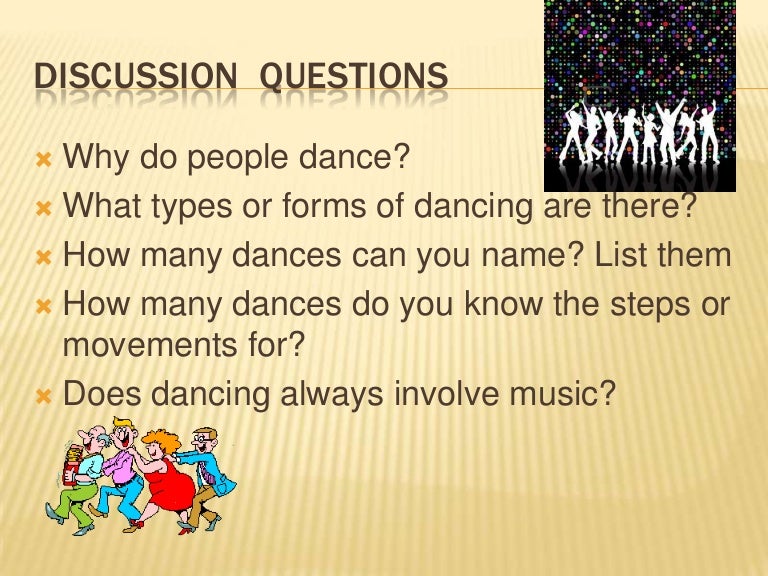 Nails are hammered into the right place with a hammer and held in the tree by friction forces. Some nails are rough
Nails are hammered into the right place with a hammer and held in the tree by friction forces. Some nails are rough
Dance teacher
Dance teacher (El maestro de danzar) Comedy (1593) Aldemaro, a young nobleman from a noble but impoverished family, arrives in the city of Tudela with his cousin Ricaredo for the wedding of Feliciana, the daughter of one of the most famous and wealthy citizens, and immediately falls in love with
Types of modern dances. Detailed overview with examples and description. Articles about the forms of dances.
Dancing is a beautiful, interesting and enjoyable pastime. Dancing liberates the body and soul, helps to keep oneself in proper physical shape, creates an interesting social circle of free and interesting people. Dance is inextricably linked with the inner emotional world of a person and is embodied in movements, figures, compositions.